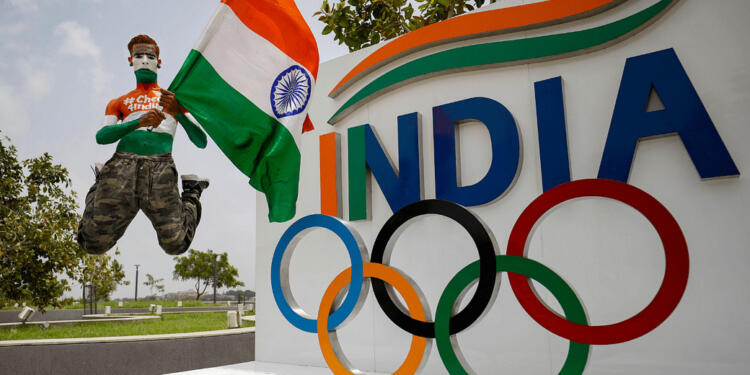The performance of a country’s contingent at an event like the Olympics is not only a testament to the hardwork put in by the athletes, but also the efforts of their country and government in terms of facilities and resources which empower them. In this context, the nation should be proud of itself, as India has given its best-ever performance at Olympics with seven medals, including one gold , two silver and four bronze medals.
So, what made all the difference during the 2020 Olympics at Tokyo. What did the government do differently and why it took us 74 years to improve our showing at the Olympics? A lot has changed from budgets, priorities of the government and the personal involvement of the top leadership.
For starters, the Modi government has increased the budgetary allocation for the sports sector progressively since 2014, when it came to power at the Centre. In 2014, the Ministry of Youth Affairs and Sports stood at Rs. 1,769 crore.
The then Director General at the Sports Authority of India (SAI), Jiji Thomson had said, “It is a no-brainer that the budget for sports should be a lot more than what it is. But in a country like India, we must understand that change will come gradually. We thank the government for providing us with the funds we had asked for.”
Well, Thomson was right. Budgetary allocation has actually increased gradually. In the Financial Year 2020, the Budgetary allocation for Ministry of Youth Affairs and Sports stood at Rs 2,826.92 crore.
The biggest development towards improvement of the sporting scene in India has however been “Khelo India” programme. The official website of the programme states that it has been introduced to “revive the sports culture in India at the grass-root level by building a strong framework for all sports played in our country and establish India as a great sporting nation.”
The programme has been doing wonders for India. It was launched with a budget of Rs. 97.52 crore. By the Financial Year 2020, it went through a nine-fold increase and reached a whopping Rs. 890.92 crore.
Last year, the government also inaugurated Khelo India State Centres of Excellence (KISCE). As a part of the Sports Ministry’s flagship “Khelo India” scheme, existing facilities in eight states will be upgraded as KISCE. The idea is to create adequate facilities and resources for producing world-class athletes, who can win more medals for India in the coming years.
After all, no success comes free of cost. And this is also true for Sports. Modi government knew from the very beginning that it will have to invest in its athletes if they have to be trained to win medals.

Anju Bobby George, a retired Indian athlete, too praised heap on the Modi government for its contribution towards the athletes of the country. She told Sony Sports channel, “Our Indian government is giving much priority (to the athletes). The Prime Minister is directly calling them after winning the medals. No one wants to leave”.
George added, “This is for the first time that it is happening like that. During our time, even our Sports Minister was a visitor in Olympic village. Even after winning the World Championship medal, India celebrated in a big way but the Ministry side was nothing big. Yes, the Prime Minister (referring to the then PM Dr. Manmohan Singh when Anju had participated in the 2004 Athens Olympics) congratulated me, otherwise, nothing was there. This time, even before the games, the Prime Minister is calling the athletes, interacting with them one to one, and encouraging them. Something big is happening in India. I am really missing out on fun and opportunities.”
Indeed, PM Modi talks to medalists as well as those who fall just short of winning medals. And this process is showing results, as Indian athletes have managed their best performance at the biggest sporting event of the world.


































